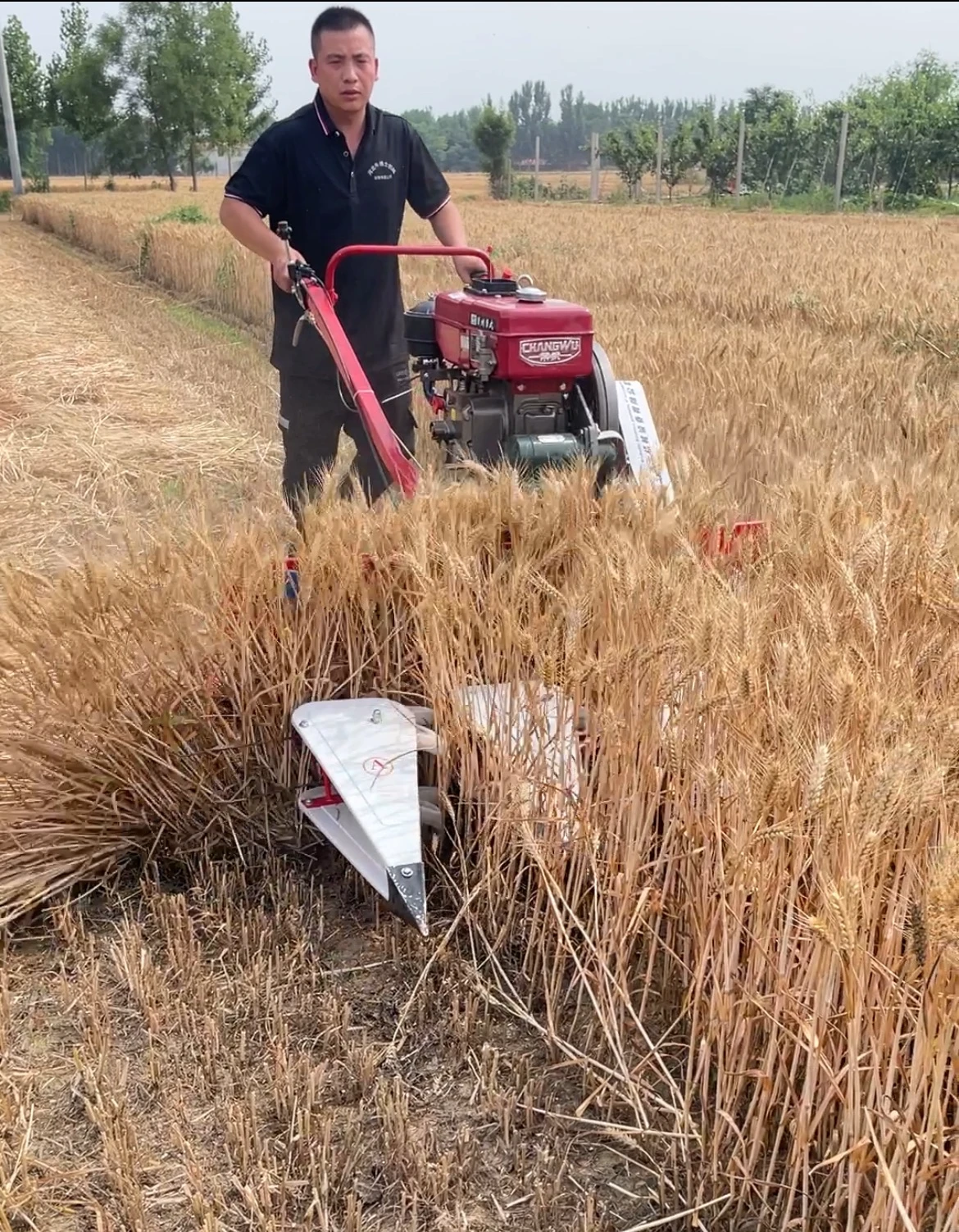wheat reaper
The Wheat Reaper Revolutionizing Agriculture
The wheat reaper, an innovation that emerged during the 19th century, transformed agricultural practices and significantly increased wheat production. Before its advent, harvesting wheat was a labor-intensive process primarily conducted by hand using sickles. This method was not only time-consuming but also demanded a considerable workforce, making it challenging for farmers to meet the growing demand for wheat.
The introduction of the wheat reaper changed this narrative. Invented by Cyrus McCormick in 1831, the first practical mechanical reaper automated the process of cutting and gathering wheat crops. McCormick's invention employed a series of blades that swiftly cut down the wheat stalks, while a mechanism gathered the cut stalks, allowing for more efficient harvesting. This innovation resulted in a significant reduction in labor costs and an increase in the speed at which crops could be harvested.
The impact of the wheat reaper was evident in numerous ways
. Firstly, it allowed farmers to effectively manage larger fields, increasing their overall yield. With the labor demand diminished, farmers could either reduce labor costs or redirect their workforce to other critical agricultural tasks, such as planting and cultivating. This increased efficiency laid the groundwork for the expansion of wheat farming across the United States and beyond, leading to greater food security and economic growth.wheat reaper

Moreover, the wheat reaper played a crucial role in the broader agricultural revolution of the 19th century. As mechanization took hold in the farming sector, it not only improved individual farm productivity but also fostered advancements in related technologies. Innovations such as the threshing machine and the combine harvester followed, further streamlining agricultural processes. This cascade of mechanization decreased the reliance on manual labor and marked a significant shift toward modern farming practices.
Furthermore, the rise of the wheat reaper coincided with growing urbanization, as fewer individuals were needed in rural areas to harvest crops. This trend contributed to the migration of populations towards cities, ultimately spurring industrialization. The wheat reaper did not merely change how wheat was harvested; it transformed societal structures by altering how communities functioned and how food was produced and consumed.
In conclusion, the wheat reaper served as a pivotal turning point in agricultural history. It revolutionized wheat harvesting by increasing efficiency and productivity, allowing farmers to adapt to the demands of a rapidly changing world. As we reflect on agricultural advancements today, it is essential to acknowledge the profound impact of innovations like the wheat reaper, which paved the way for modern agriculture and shaped the future of food production.
Latest news
-
When to Upgrade Your Old Forage HarvesterNewsJun.05,2025
-
One Forage Harvester for All Your NeedsNewsJun.05,2025
-
Mastering the Grass Reaper MachineNewsJun.05,2025
-
How Small Farms Make Full Use of Wheat ReaperNewsJun.05,2025
-
Harvesting Wheat the Easy Way: Use a Mini Tractor ReaperNewsJun.05,2025
-
Growing Demand for the Mini Tractor Reaper in AsiaNewsJun.05,2025







